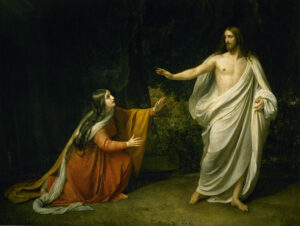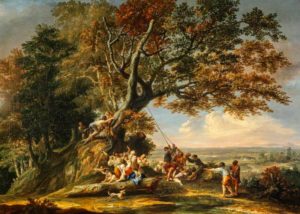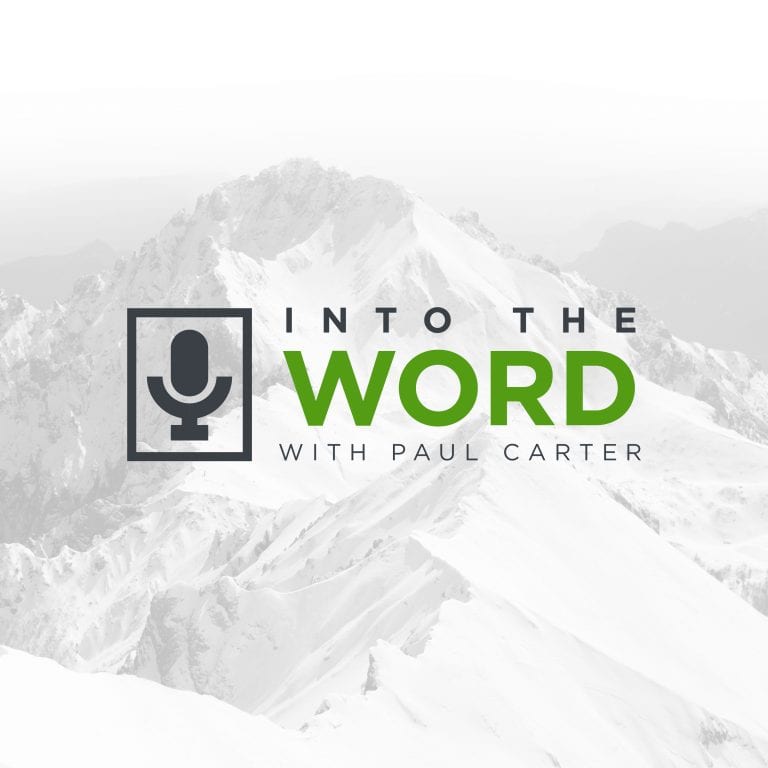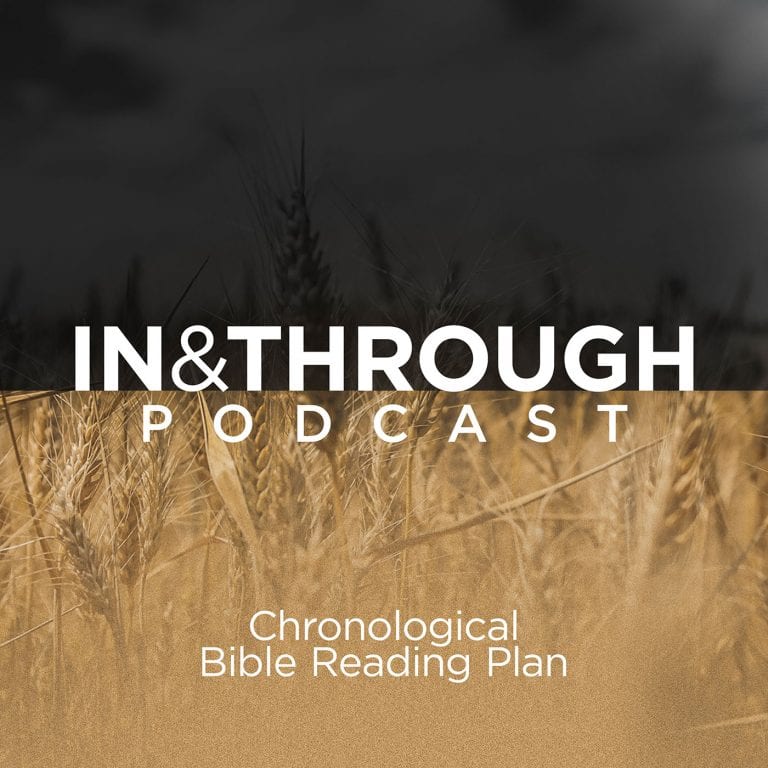I can still remember the gnawing anxiety, like mice scratching away in the walls of my mind. It was around Christmas, 2021, and our provincial government had announced mandatory vaccine passports for all church attendants. I was a lay leader in my local church, and like most churches ours was filled with people with strongly held views all along the spectrum.
Churches, like the broader social fabric, seemed to be stretched to the very breaking point. Indeed, I had every reason to expect this latest government mandate, after a year and a half of government restrictions, might be the last straw and lead to a catastrophic split in our congregation and leadership. I came to my own firm convictions and made them as clear as I could. But thankfully the government relented shortly before the deadline for implementation. We avoided a direct collision with the iceberg, but we—like so many churches—did not escape unscathed.
And what was the issue at stake? We could describe it in various ways, but much of it came down to different views on freedom and liberty. What is the extent of the liberty that Christians enjoy in our modern democratic system, and to what extent does the government have the right to curtail that liberty for the common good? Verses, including Romans 13, were tossed around by all sides as these questions were fiercely debated.
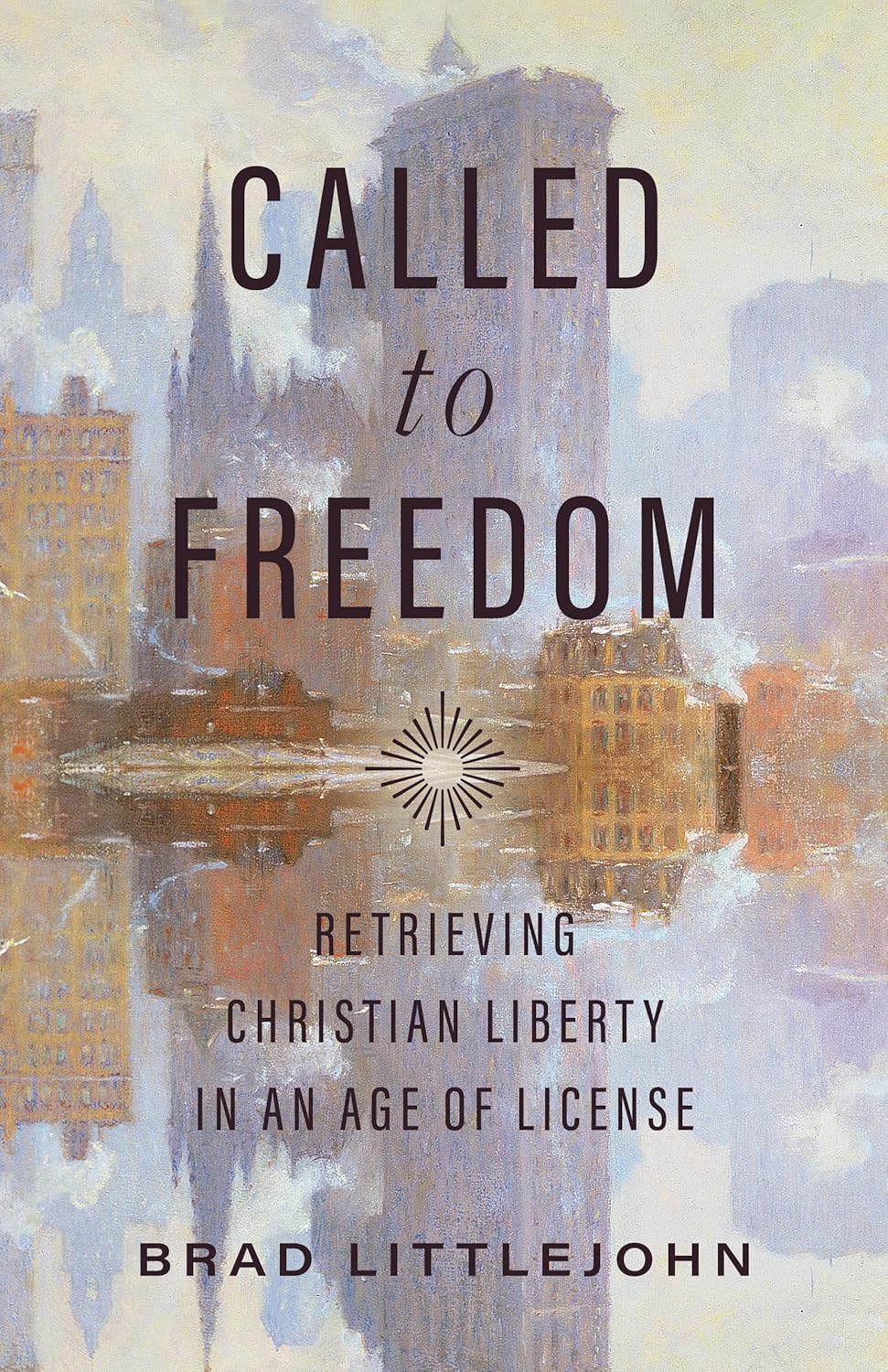
Called to Freedom
While the book handles most topics with care and wisdom, I found its treatment of depression in the chapter on spiritual freedom to be oddly clumsy, such as the claim that “clinical depression is simply a vivid manifestation of our sin nature.” This kind of statement is confusing and easily misunderstood. Unfortunately, Littlejohn’s attempt to expand on this idea by drawing on the thought of Martin Luther ends up making things worse, not better: “the experience of profound depression—in which we feel as if nothing we do makes any difference—is actually a disclosure of spiritual reality.” My advice here would have been to stick to freedom and leave the fraught topic of depression out of this otherwise excellent book.
Some emphasized the freedom to be in public without fear of infection, while others emphasized the freedom to medical autonomy and to dissent from what felt like a manufactured consensus by those in the media and authority. This raises the following question: If freedom is such a slippery concept that each side wields it against the other, is it really a helpful term?
How can we get clarity on what freedom is, and isn’t?
Called to Freedom
Enter Brad Littlejohn and his helpful little book, Called to Freedom: Retrieving Christian Liberty in an Age of License. Coming in under 200 pages, this narrow volume is free from fluff and filler and punches well above its weight. Indeed, the book manages to touch upon and make connections between numerous aspects of freedom: spiritual freedom, moral freedom, political freedom, technology and freedom, economic freedom, and religious liberty. This broad scope is one of the things I most appreciated about the book. Littlejohn seeks to orient thoughtful Christians to the realities and tensions of freedom in the modern world.
Early in the book, the author defines freedom broadly as “the capacity for meaningful action” and then introduces a mental framework that helps guide all the subsequent discussions about freedom. This framework maps freedom in three dimensions, or along three axes: Negative vs Positive liberty; Individual vs Corporate liberty; and Inward vs Outward liberty. Negative liberty is the liberty of noninterference, the freedom to be left alone. Isaiah Berlin famously drew this distinction by speaking of the “freedom from” something in contrast to the “freedom to.”
Positive liberty then is the freedom to achieve some meaningful goal, and may include severe limitations, such as the limitation of countless hours of practice in order to achieve the freedom of true excellence in some endeavour, or the freedom of a good marriage which is only possible for those who say no to all other possible spouses. Like each of the three dimensions of liberty, this one exists in a tension. Finally, we have inward liberty—the freedom of the mind—and outward liberty, which is the public expression of our inner beliefs and desires. “If inward liberty cannot last long without at least some outward liberty,” writes Littlejohn, “authentic outward liberty cannot exist at all in the absence of inner freedom.”
Spiritual and Moral Freedom
These careful distinctions provide categories for the rest of the book to draw upon. Chapter two explores spiritual freedom as the only source of true freedom. All other forms of freedom may be of some earthly benefit, but ultimately a person who has not received the new birth is still in bondage to sin, and ultimately cut off from the truest and deepest liberty.
The third chapter deals with what Littlejohn calls moral freedom. This is probably the most neglected type of freedom within the evangelical church. By moral freedom the author means the freedom to “master our desires” and “do the good that we want to do” that comes about through the cultivation of virtue (18). While only Christians living in the power of the Spirit can know this freedom most deeply, “even unbelievers can experience some echo of this freedom by self-discipline and self-mastery” (19). This is an important insight.
Evangelicals have historically had a hard time accounting for secondary goods and valuing them. For example, beautiful architecture is not, strictly speaking, as important as evangelism or the faithful ministry of the Word. And yet, we communicate a lot about ourselves through our architecture, which is why churches should be beautiful. Likewise, since moral virtue cannot save the soul, evangelicals have typically dismissed it as unimportant.
Littlejohn argues that, despite falling short of the truest freedom, the ancient philosophers “were much nearer the mark than the libertinism of our modern age.” And it is in describing our modern age that the author deploys his sharpest criticisms. We’ve stumbled into a “dark abyss” of “self-enslavement” as we descended from the Enlightenment declaration of man’s coming of age to our current state, “a society slack-jawed before our ever-flickering screens.” We’ve gone from “dare to think for yourself” (the head) to “follow your heart” (the chest) to “do what feels right” (the belly).
Technology and Freedom: Help or Hindrance?
This trenchant criticism of modern culture continues throughout the book, but perhaps especially in the chapter on technology, which is both bracing and helpful. Littlejohn defines technology in a threefold manner: as a “God-given tool for mitigating the pain of the curse, […] a manifestation of our original calling to take dominion over the world,” and finally, as “a means by which we try to turn creation itself against the Creator.” This last aspect of technology, especially in its modern digital form, represents a profound challenge to living wisely according to our creaturely limits.
Digital technology “promises us the freedom of boundlessness,” but since “freedom is actually constituted by limits,” the end result for many of us is that “we find that we have simply forged new chains for ourselves.” It is painfully clear that the Silicon Valley architects of our rapidly-changing technological world see human nature itself as “an enemy to be conquered.” It’s hard to overstate the significance of this fundamental orientation against biblical wisdom.
Christian faithfulness in our age requires us to embrace God’s good design in making us dependent, limited creatures, which itself requires a clear understanding of a biblical anthropology. Without this, we will be unable to see that technology’s tempting promise to self-transcendence is actually self-destruction. In our quest for ultimate autonomy we end up losing true agency. Called to Freedom can help the church think more wisely about technology.
Religious Liberty’s Eroding Foundation
The last topic of discussion in Called to Freedom is religious liberty. Guided by historic Protestant thinking on the topic and eschewing simple bromides, Littlejohn takes the reader into the complexities and tensions inherent to preserving religious freedom in any society. While the basic foundation of religious liberty is the understanding that “it is impossible to coerce the conscience,”
Religious liberty “is a fragile achievement, not one to be taken for granted,” which ultimately depends on “a literate people committed to the goal of rational persuasion as a substitute for violence.” As our society loses a shared moral consensus, becomes less literate, and replaces the ideal of toleration with a demand for affirmation, one gets the clear sense that the preconditions for true religious liberty have eroded significantly. Littlejohn goes so far as to claim that “without a Christian and especially Protestant commitment to salvation by faith alone, it is difficult to see what principled foundation there could be for a culture of religious liberty.” This is a sobering reality for Christians in Canada where this foundation is all but gone.
Criticism and Conclusion
While the book handles most topics with care and wisdom, I found its treatment of depression in the chapter on spiritual freedom to be oddly clumsy, such as the claim that “clinical depression is simply a vivid manifestation of our sin nature.” This kind of statement is confusing and easily misunderstood. Unfortunately, Littlejohn’s attempt to expand on this idea by drawing on the thought of Martin Luther ends up making things worse, not better: “the experience of profound depression—in which we feel as if nothing we do makes any difference—is actually a disclosure of spiritual reality.” My advice here would have been to stick to freedom and leave the fraught topic of depression out of this otherwise excellent book.
The fact is this book is tremendously helpful for Christians trying to make sense of liberty in all its forms. No, the reader is not handed pre-packaged answers to be deployed in the next public outrage about this or that infringed freedom. Rather, we are taught to think more carefully about how freedom works, what its truest sources are, why different freedoms are so often in conflict with one another. “Freedom is not merely a spiritual reality or a worldly ideal; it is not merely inward or outward,” writes Littlejohn in the conclusion. “Freedom, rather, is experienced above all in the conformity of the soul to reality.”
I pray we don’t have to live through another season like 2020-2022, when clashing visions about freedom tore at the fragile unity of our society and churches. But I am convinced that the insights from Called to Freedom will help any Christian navigate the maelstrom of modern life, from pandemics and internet pornography to religious freedom and technology.
















